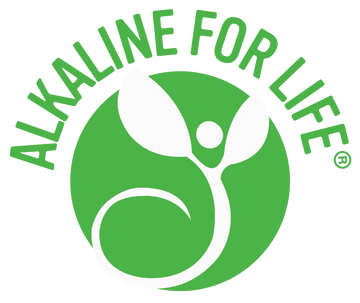
What Is Quercetin?
-
Quercetin bioavailability is normally low,
- Studies suggest bioavailability can range from 3-17% absorption in healthy individuals.
- However, the monomeric quercetin dihydrate formula used in our Relieve and Repair is much more highly absorbable.
-
Vitamin C (ascorbate) enhances quercetin bioavailability in humans.
- Vitamin C status may modulate quercetin bioavailability in humans. Quercetin becomes more bioavailable in those with poor vitamin C status (Guo et al. 2014), indicating a significant need for anti-inflammatory and antioxidant compounds in these individuals.
Quercetin Is the Best Natural Antihistamine
Quercetin plays several roles in the body that can be helpful for those who suffer from allergies. However, one in particular concerns its role as the most powerful natural antihistamine. Histamine, a compound involved in local immune responses, is often responsible for the unpleasant allergic symptoms one may experience such as itching, runny nose, congestion, and rash. Quercetin has the ability to stabilize mast cells, which inhibits the release of this histamine compound, resulting in relief from allergy symptoms. Because of this effect, quercetin has been referred to as “therapeutically similar to cromolyn sodium” which is often used to treat allergies. In fact, quercetin has been reported to be “more effective than cromolyn in blocking human mast cell cytokine release and inhibits contact dermatitis and photosensitivitiy in humans.” (Weng et al. 2012). The anti-allergy effects of quercetin are typically seen in doses as low as of 500 to 1,000 mg, 3x/day. At Alkaline for Life®, we often use higher doses of quercetin to reduce pain and inflammation, but generally the dose given above is effective for allergy relief.
Pomegranate Is Also Anti-Allergy
- In a study using polyphenol-rich pomegranate juice, researchers found that pomegranate compounds had the potential to actually reduce IgE binding to cashew nut allergens (Li and Mattison 2017). If you or someone you know is allergic to cashews, go nuts with pomegranate!
The Dynamic Duo
As you can see, quercetin is a powerful antihistamine and anti-allergy, natural food factor. Pomegranate also has substantial anti-allergy and anti-inflammatory properties and works in synergy with quercetin. These two natural plant compounds provide a dynamic allergy-relief combination.References
Guo, Y., E. Mah and R. S. Bruno. 2014. Quercetin bioavailability is associated with inadequate plasma vitamin C status and greater plasma endotoxin in adults. Nutrition 30(11-12):1279-1286.
Li, Y. and C. P. Mattison. 2018. Polyphenol-rich pomegranate juice reduces IgE binding to cashew nut allergens. Journal of the Science of Food and Agriculture 98(4):1632-1638.
Weng, Z., B. Zhang, S. Asadi, N. Sismanopoulos, A. Butcher, X. Fu, A. Katsarou-Katsari, C. Antoniou and T. C. Theoharides. 2012. Quercetin is more effective than cromolyn in blocking human mast cell cytokine release and inhibits contact dermatitis and photosensitivity in humans. PLoS One 7(3):e33805.


